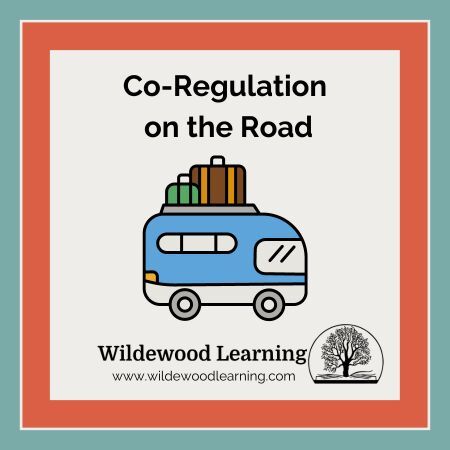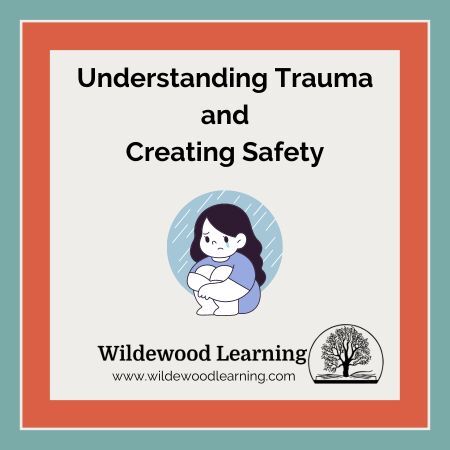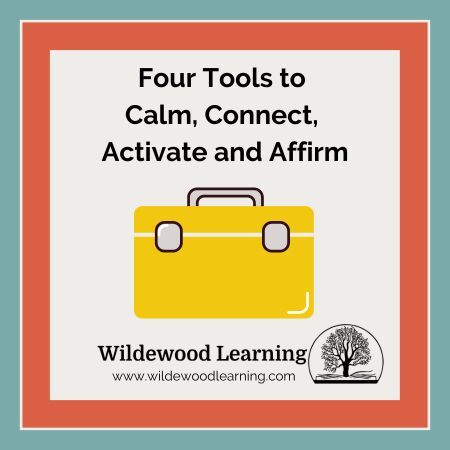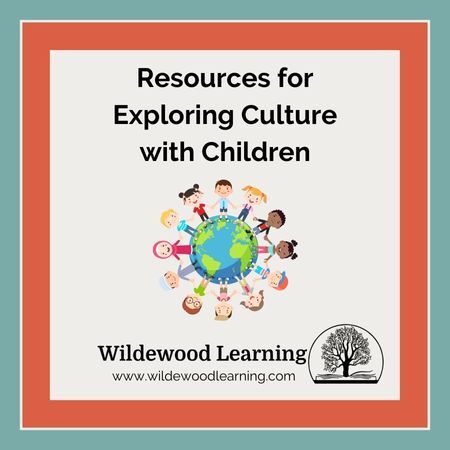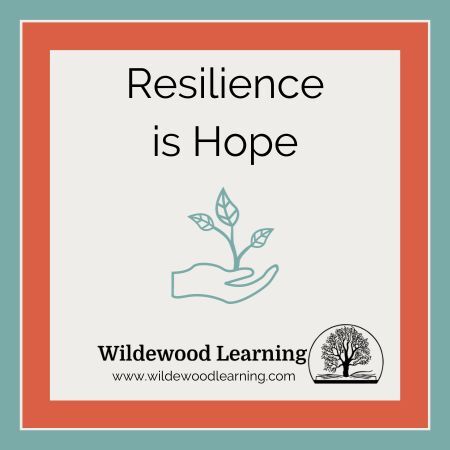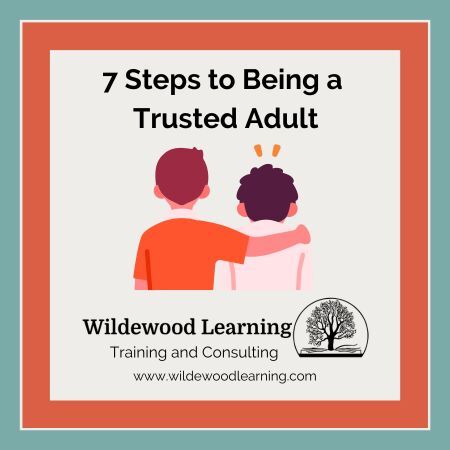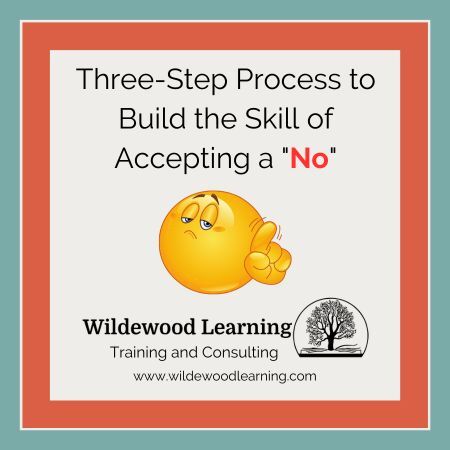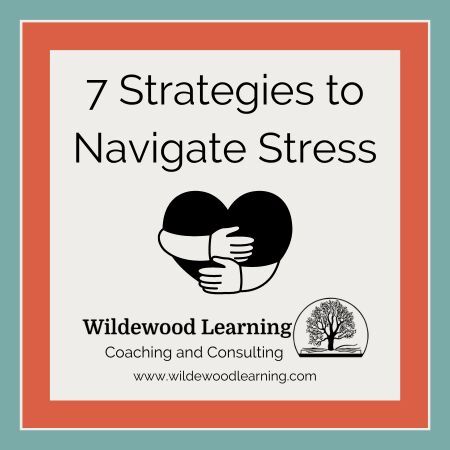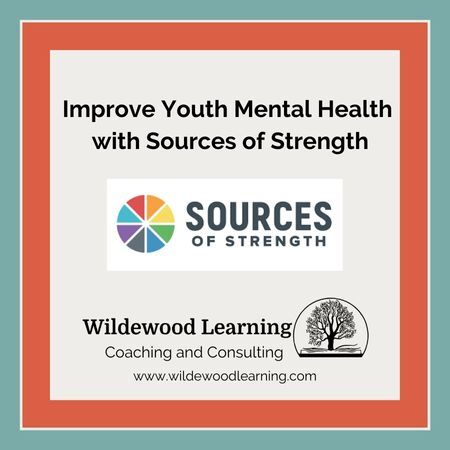Co-Regulation on the Road
What is the hardest thing for you to give over control to another person?
Mine is driving. I am an anxious passenger, especially with my young adult children. This anxiety comes from the years of driver training I had to endure with all four of them. I was in the passenger seat without control over the situation, grabbing the armrest or the handle above my head at the abrupt stops and sharp turns taken at too fast of a speed.
A car ride with my daughter usually started with me saying in a low, calm voice, “Slow down.” Each time I said the command, my voice raised several decibels, until by the sixth time I said “slow down,” my voice was louder than the rap music playing on the car speakers. She would get angry and start yelling back, not making the situation safe for either of us.
This past month, my daughter and I took a 1600-mile road trip from Austin, TX (where she attends college) to our home on the northern border of Minnesota. Our mode of transportation was a 2009 Toyota van with 192,000 miles that had not been driven since last June. The first step in our road trip adventure was to get the van moving, which required a new battery. Step two was to fix the air conditioning and the rattling noise emulated from the engine.
Once those two steps were completed, we were speeding north on I-35. My daughter was taking the first driving shift, and I was anxiously sitting in the passenger seat. I kept my mouth shut as she pushed the van to faster speeds. I knew we had many miles to go before reaching our destination, and I knew that telling her to slow down didn’t make the situation better.
Then the van started to shutter. She didn’t know what to do, so I calmly took a deep breath and told her to let off the gas pedal and take the next exit. As the van gradually regained its stability, a sense of relief washed over us. I continued to take deep breaths and calmly directed her to pull over at a gas station along the road, where we could finally feel safe and secure.
She felt scared by the van’s shuttering noise and wanted me to drive. I breathed deeply as we discussed the “avoid freeways” route we would take going north. Our route was a blessing as we drove through quiet rural towns and kept the speed under 65 mph to avoid another mishap with the van. That day, we travelled the Texas European route, stopping to eat in Athens (TX) and spending the night in Paris (TX).
What does our road trip have to do with co-regulation?
Co-regulation occurs when one person lends their calmer nervous system to another person who is not calm. In my case, as my daughter was driving at faster speeds, I could feel my anxiety rising. To regulate my emotions, I practiced deep breathing, chewing gum, and positive self-talk. These techniques helped me stay calm and reassured me that we would be okay.
When my daughter was anxious due to the freeway traffic and the noisy van, I kept talking to her in a calm, even voice. I may not have felt calm, but I kept calm. I knew from the past that raising my voice didn’t work. Once we pulled over at the gas station, I created a safe space for my daughter to calm down and talk about her anxiety and continuing to drive that day.
This moment supported her nervous system and helped her calm down. The next day, after a restful night in Paris, she was ready to take the next shift driving on the trip. We agreed that keeping the van speed at 65 mph or under would be best and staying on our rural highways.
I couldn’t always keep my calm outlook as we travelled; however, when I felt myself start to tell her to “slow down” and raise my voice, I caught it sooner. My practice of “being calm” on the trip, despite the challenges, helped her anxiety and ultimately helped us both have a fun trip. This experience was a testament to our growth and resilience as we travelled the road home together.
Reflect on your situations with students, clients, or colleagues:
- How can you be the calm in the storm for others?
- What are your strategies to calm your nervous system?
- What are the daily practices that you do that you can call upon in stressful situations?

